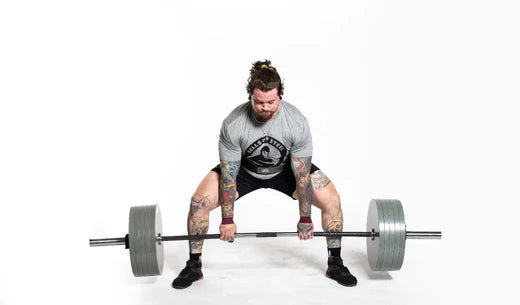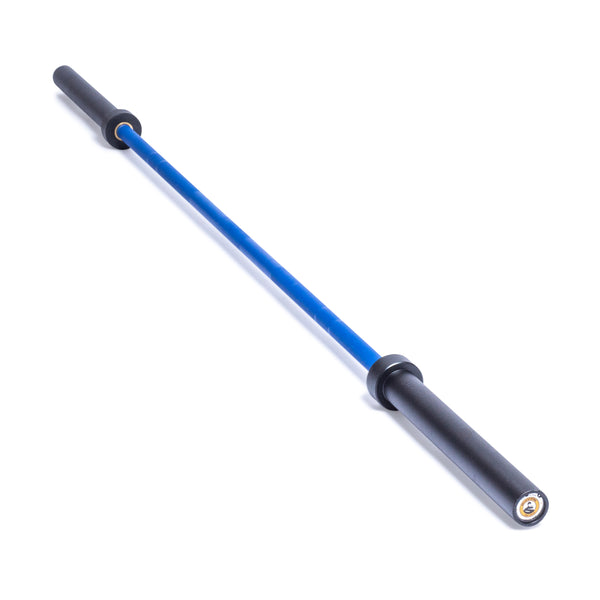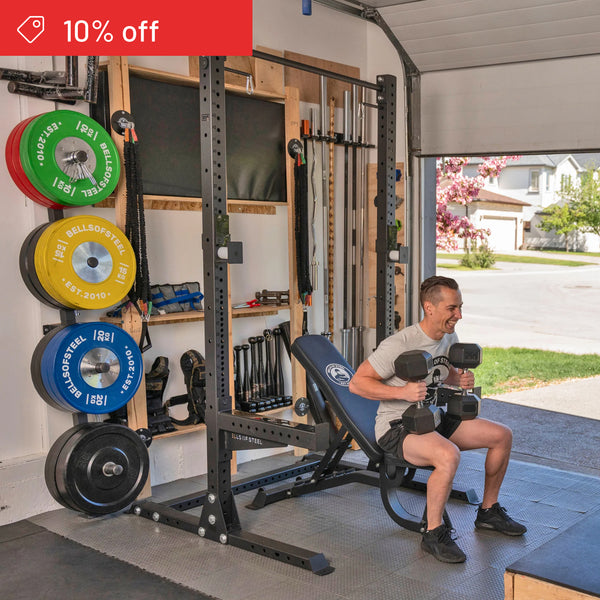If you're looking for a full-body workout that can build strength, power and muscle mass, you might want to consider adding deadlifts to your routine. Deadlifts are one of the most effective exercises for targeting multiple muscle groups at once, especially the posterior chain, which includes the muscles on the back of your body.
In this blog post, I'll explain what muscles are worked by deadlifts, including the main muscle movers and secondary muscle groups involved. Deadlifts primarily work the muscles of your posterior chain, responsible for extending your hips and spine, stabilizing your core, and supporting your posture. These include the muscle groups listed below.
Glutes
The largest and strongest muscles in your body, the glutes are responsible for hip extension, which is the main movement of deadlifts. They also help stabilize your pelvis and prevent lower back injury.
Hamstrings
The hamstrings are a group of muscles on the back of your thighs that help you bend your knees and extend your hips. They work together with the glutes to lift the barbell off the floor and lock it out at the top of the deadlift.
Erector spinae
The erector spinae are a group of muscles that run along your spine from your neck to your lower back. They help you maintain a neutral spine position and resist flexion (bending forward) during the deadlift. They also help you extend your spine at the top of the movement.
Trapezius
The trapezius is a large, diamond-shaped muscle that covers most of your upper back and neck. They help you shrug your shoulders and retract your scapulae (shoulder blades) during the deadlift, which keeps your upper back tight and prevents rounding.
Latissimus dorsi
The latissimus dorsi are a pair of broad, fan-shaped muscles that run from your lower back to your armpits. They help you pull the weight close to your body and prevent it from drifting away during the deadlift, they’re also activated when you use a lat pulldown low row machine. They also help stabilize your spine and shoulder joints.
Forearms
The forearms are a group of muscles that run from your elbow to your wrist. They help you grip the bar and prevent it from slipping out of your hands during the deadlift. They also help you flex your wrists and rotate your arms. In addition to these main muscles, deadlifts also work several other muscles as synergists or stabilizers, which are included below.
Quadriceps
The quadriceps are a group of four muscles on the front of your thighs that help you extend your knees and support your hips during the deadlift. They are more involved in variations that have a higher knee angle, such as sumo or trap bar deadlifts.
Abdominals
The abdominals are a group of four muscles that form the front wall of your core. They help you brace your core and create intra-abdominal pressure during the deadlift, which protects your spine and transfers force from your lower body to your upper body.
Obliques
The obliques are a pair of muscles that run diagonally along the sides of your abdomen. They help you rotate and side-bend your trunk during the deadlift, which helps you keep the bar aligned with your midline and prevent twisting or tilting.



